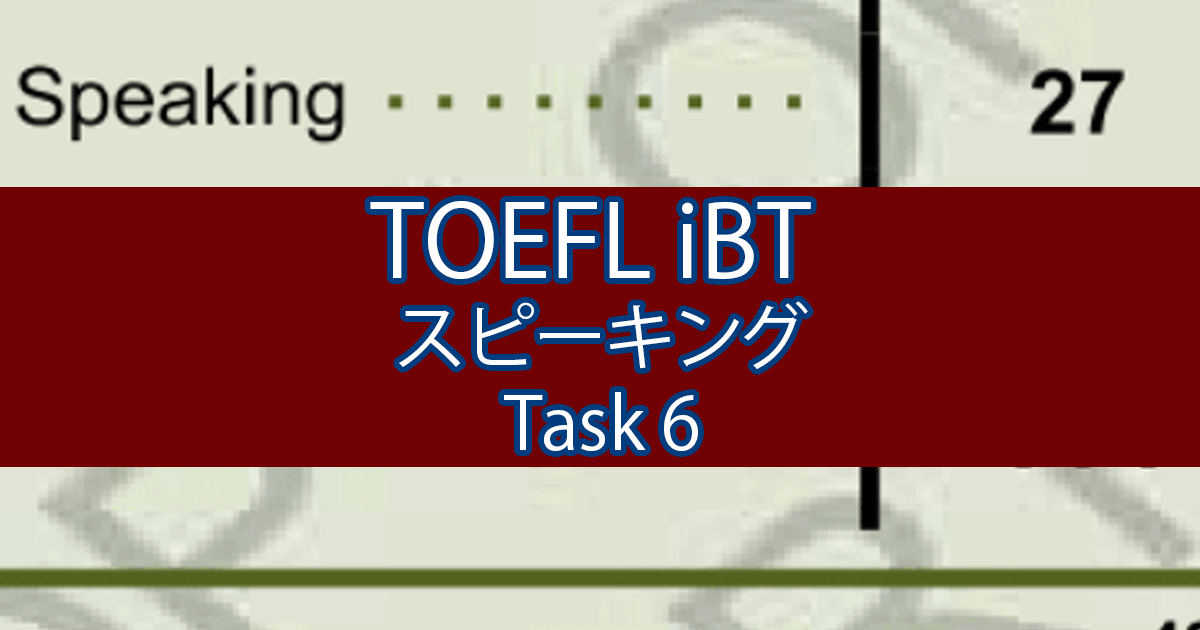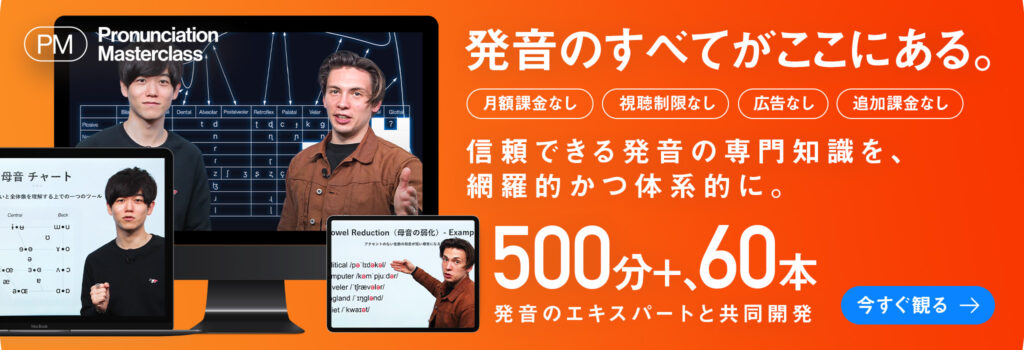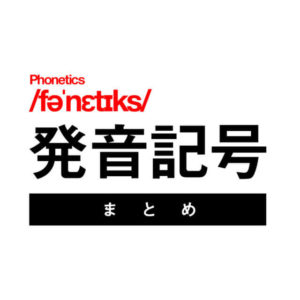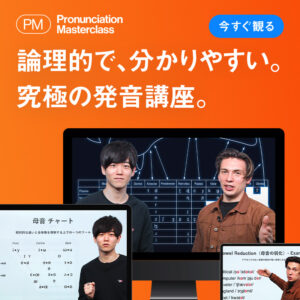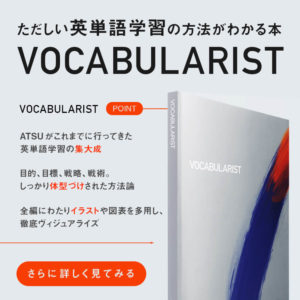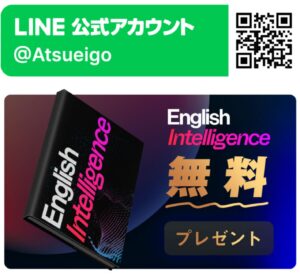Task 6の概要
最初にTOEFL iBTスピーキングのTask 6の概要を理解しましょう。
Task 6では、約2分間のアカデミックなトピックに関するレクチャーを聞きます。そしてリスニングが終わったら20秒で回答の準備を行い、60秒でスピーキングを行うという流れになります。
また、Task 6での質問内容は必ず、「レクチャーで述べているトピックに関して2つの~を説明しなさい」というものです。毎回同じなので、どんな問題が出るか心配する必要はありません。
Using points and examples from the talk, describe the two different definitions of tools given by the professor.
Task 6のスコアの付け方
Task 6も他のtaskと同じく、4点満点で採点が行われ、各点数の目安は全6問で4点取れば30点、3点で23点、2点で15点、1点で8点です。
また、TOEFL iBTのスピーキングでの採点アプローチはHolistic approach (全体アプローチ)と呼ばれ、60秒間のスピーキング全で、4点とか3点とか決めており、文法ミスの数をカウントして減点するといったことは行われません。
そしてTask 6での評価項目も、他のTOEFLスピーキング同様以下の3つです。
・<b>Language use</b>(文法と単語)
・<b>Topic development</b>(内容)
Delivery
Deliveryはスピーキング中の音の繋がりや正しい発音、イントネーションを評価しています。発音記号と音の法則(音の脱落、繋がりなど)に関する知識が重要になります。
-
-
【全てに音声付き】英語の発音を良くしたいなら「発音記号」を覚えよう
こんにちは!Atsuです。 今回は、英語の正しい発音を身につける上で非常に重要な要素である「発音記号」について、詳しく解 ...
Language use
Language useはスピーキング中に文法と単語が正しく使えているかを評価しています。英語の基礎ができていれば全く問題ありません。
-
-
Atsueigoの英語学習理論|英語学習の全体像
こんにちは!Atsueigo運営者のAtsuです。 本ページではAtsueigoの英語学習理論を、英語学習の全体像を見な ...
Topic development
Topic developmentでは基本的にはしっかり質問に答えられているのかを評価しています。
であれば
- トピック
- 1種類目のトピックと定義
- 1種類目のトピックの例
- 2種類目のトピックと定義
- 2種類目のトピックの例
の5つを必ず含めないと、topic developmentの観点から減点される可能性が高いです。詳しくは後々見ていきます。
Task 6の具体的な対策とコツ
ここからは私がTOEFL iBTスピーキングで27点獲得したときのTask 6の対策とコツを見ていきます。
リスニング
リスニングの内容
まずはリスニングですね。
リスニングでは教授があるトピックについて定義し、それに対して2種類の例を挙げます。この内容は毎回変わりませんので、安心してください。
以下ETSのサンプル問題です。
https://www.ets.org/toefl/ibt/prepare/quick_prep/
音声スクリプト(ETSサンプル問題より引用)
(Female professor) Human beings aren’t the only animals that use tools. It’s generally recognized that other animals use tools as well . . . use them naturally, in the wild, without any human instruction. But when can we say that an object is a tool? Well, it depends on your definition of a tool. And in fact, there are two competing definitions—a narrow definition and a broad one. The narrow definition says that a tool is an object that’s used to perform a specific task . . . but not just any object. To be a tool, according to the narrow definition, the object’s gotta be purposefully changed or shaped by the animal, or human, so that it can be used that way. It’s an object that’s made. Wild chimpanzees use sticks to dig insects out of their nests . . . but most sticks lying around won’t do the job . . . they might be too thick, for example. So the sticks have to be sharpened so they’ll fit into the hole in an ant hill or the insect nest. The chimp pulls off the leaves and chews the stick and trims it down that way until it’s the right size. The chimp doesn’t just find the stick . . . it . . . you could say it makes it in a way. But the broad definition says an object doesn’t have to be modified to be considered a tool. The broad definition says a tool is any object that’s used to perform a specific task. For example, an elephant will sometimes use a stick to scratch its back . . . it just picks up a stick from the ground and scratches its back with it . . . It doesn’t modify the stick, it uses it just as it’s found. And it’s a tool, under the broad definition, but under the narrow definition it’s not because, well, the elephant doesn’t change it in any way.
ノートテイキング~Task 6 リスニング
内容は必ずトピックとその定義、そしてそれに対する2つの例です。これらをスクラッチペーパーに書いておく必要があります。
今回のリスニングの例だと
トピック(T):Tools
種類1 (T1):A narrow definition
定義1 (D1):A tool is an object that’s used to perform a specific task, the object’s gotta be purposefully changed or shaped by the animal, or human, so that it can be used that way.
例1(E1): Wild chimpanzees use sticks to dig insects out of their nests, the sticks have to be sharpened so they’ll fit into the hole in an ant hill or the insect nest. The chimp pulls off the leaves and chews the stick and trims it down that way until it’s the right size.
種類2 (T2):A broad definition
定義2 (D1):Any object that’s used to perform a specific task.
例2(E2):An elephant will sometimes use a stick to scratch its back, just picks up a stick from the ground and scratches its back with it, it uses it just as it’s found, the elephant doesn’t change it in any way.
ということになります。スクラッチペーパーに書くとこんな感じになります。
※D: 定義、T: トピック、E: 例
60秒間で話すTask 6の内容はコレ
ここまででリスニングの内容を理解できましたね。
この時点でスクラッチペーパーは以下のようになっています。
次にスピーキングの60秒間の中で話す内容を理解しましょう。
60秒間の中で話す内容は以下の6つです。
- トピック
- 1種類目のトピックと定義
- 1種類目のトピックの例
- 2種類目のトピックと定義
- 2種類目のトピックの例
- コンクルージョン
一つ一つ見ていきましょう!
トピック(6秒)
まずはトピックが何か明示しましょう。例えば
これで十分です。そして教授はトピックについて2つの種類を挙げるはずなので、
と言っておきましょう。
というようにつなげてもOKです。
1種類目のトピックと定義(8-14秒)
次にトピックの1種類目とその定義について明確にしてください。
今回の場合
定義1 (D1):A tool is an object that’s used to perform a specific task, the object’s gotta be purposefully changed or shaped by the animal, or human, so that it can be used that way.
だったので
というように1つ目の種類と、その定義についてシンプルかつ明確に言ってあげましょう。
内容はレクチャーの内容をコピーできればOKなので、無理にパラフレーズ(言い換え)する必要はありません。
1種類目のトピックの例(12-15秒)
次に1種類目のトピックに対して教授が挙げた例を話しましょう。
という内容だったので
という感じで、まずは教授が何を例として挙げているかをはっきりとさせてから、その例がどう1種類目のトピックを表しているのか具体的に話しましょう。これも聞こえた英語をそのまま使って大丈夫です。
2種類目のトピックと定義(8-14秒)
次に2種類目とその定義について話しましょう。
定義2 (D1):Any object that’s used to perform a specific task.
だったので、1種類目と同じような話し方で説明しましょう。
2種類目のトピックの例(12-15秒)
次に2種類目に対して例を挙げましょう。
内容は
だったので
という感じですね。まず、例は何かをはっきりさせてから具体例に移ります。1種類目の例と同じですね。
コンクルージョン(3秒)
最後に
というように簡単に一言でコンクルージョンを言うとすっきりまとまります。
Task 6は結構難易度が高いですが、次に紹介するテンプレートを使用して練習を効率化しましょう。
Task 6のテンプレート
ここではTask6のテンプレートをご紹介します。テンプレートは本番に丸暗記して使えるひな形です。ここさえ覚えておけば、それだけ本番に即興でつくる英文が減り、ミスが減り、得点アップに繋がりますよ。
Task 6テンプレート
The professor discusses _________ and he /she describes two types/definitions of ______. (スクラッチペーパー:T)
The first type is__________, which the professor defines as________________.
(スクラッチペーパー:T1, D1)
The professor gives an example of ________ to illustrates this. (スクラッチペーパー:E1)
He says ______________________.(スクラッチペーパー:E1)
The second type is__________, which the professor defines as________________.
The professor provides an example of _______ to illustrates this.(スクラッチペーパー:E2)
He states ____________________.(スクラッチペーパー:E2)
That’s how the professor describes tools.
20秒間の準備時間の効率的な使い方
最後に、実際に話す前の20秒間の準備時間の使用法についてお話します。
この時間では、スピーキングのテンプレートの内容をしっかりと頭に浮かべて、当てはめる内容をスクラッチペーパー上で整理していきます。ここまで沢山のメモを取っていると思いますが、必要な情報は
- トピック
- 1種類目のトピックと定義
- 1種類目のトピックの例
- 2種類目のトピックと定義
- 2種類目のトピックの例
ですね。これをスクラッチペーパー上で探し、目印をつけておいたり、丸で囲んだりしておきましょう。こうすると、テンプレートを使用したスピーキング対策がとてもしやすくなりますよ!



